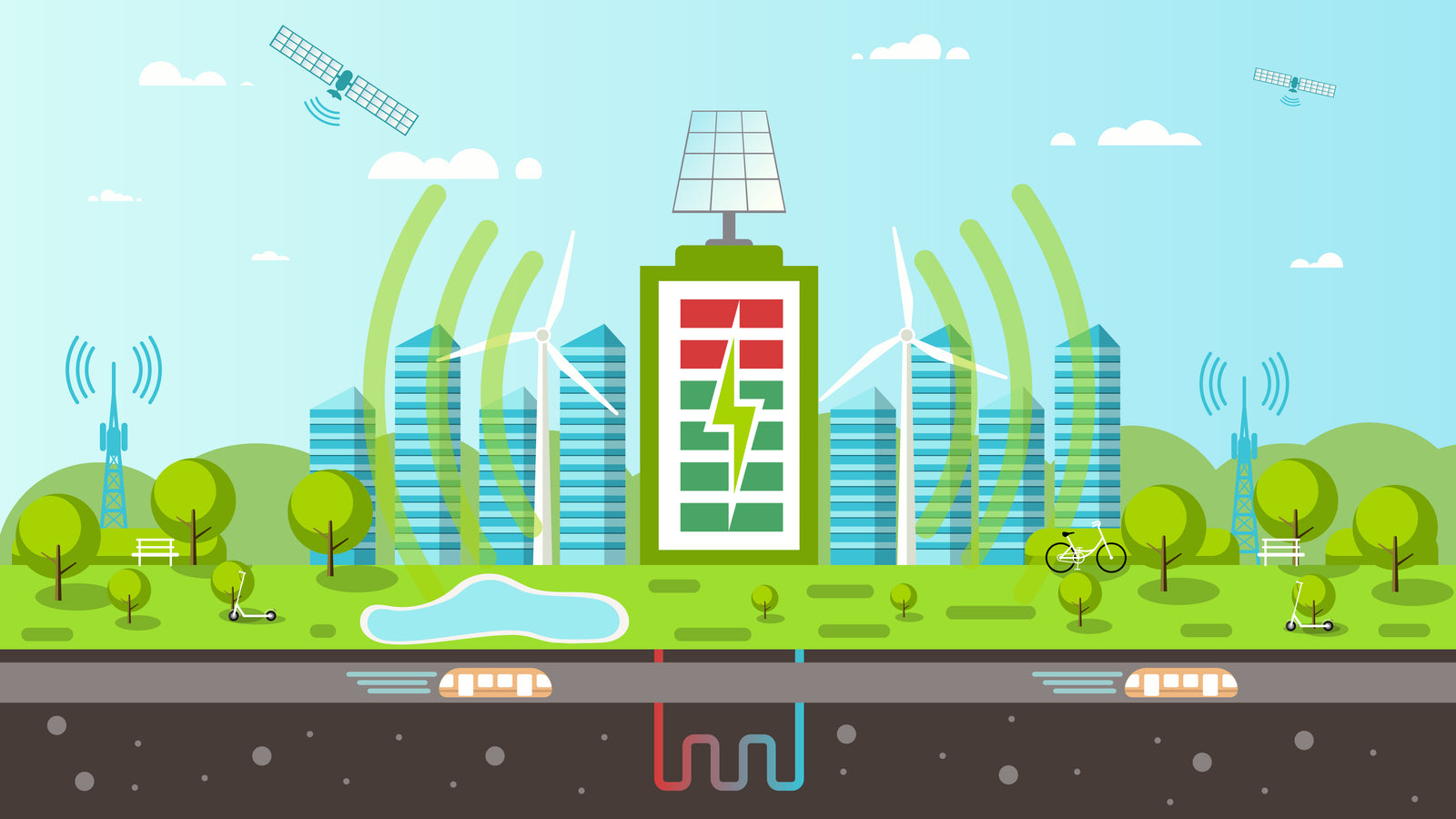
There is no denying that our world changes very fast and that it can sometimes be a bit overwhelming to keep up with emerging technologies and new trends. I mean, it wasn’t long ago that almost every device was wired from telephones to television sets and home computers. Over time, more and more technologies have gone wireless and understandably so.
Despite the fact that many of the devices we employ on a daily basis to make our lives easier make use of groundbreaking technologies, we still rely on cables most of the time to charge up these devices, and thus, as compact and complex a wireless device might be, we are still often limited by the wired charger that powers it. So when the moment comes, we have to head on over to the outlet and plug it in.
Fortunately for us, new(ish) devices seem to integrate a universal standard for wireless charging, one that works reasonably well all things considered. We’re talking here about Qi charging and its auxiliaries, a global standard that’s making major strides across the board, whether we’re talking about smartphones, tablets, or compact office appliances.
It seems that nowadays evena basic countertop charging station can deliver a reasonable charge through thin surfaces, and it’s already more than what people anticipated a couple of decades ago. If anything, wireless charging has reached unexpected heights in regards to availability and worldwide popularity.
With this in mind, it’s hard not to be optimistic about what the future has in store for these types of technologies. You see, most inductive-based technologies are going wireless, not just smartphones and tablets.
IoT devices, for instance, are long overdue a shift in accessibility. And what better way to revolutionize a seemingly omnipresent technology than to incorporate a wireless inductive charging component for good measure.
If the trend set by Amazon with their Amazon Go convenience stores chain is to be maintained, we can safely assume that most shops will integrate IoT standards at some point in the near future. When that happens, the question will become: what else can we render wireless, and to which extent?
While today there are clear range differences between IoT and inductive charging technologies like the Qi standard, there really is no reason why wireless charging shouldn’t reach the same operational range at some point. Today, however, Qi charging can only reach a few centimeters at most while maintaining a certain degree of reliability, whereas IoT sensors reach devices from a few meters away.
As new technological barriers are being broken on a regular basis, we can expect your average countertop charging station to be able to charge a Qi-ready phone from across the room in the near future. While this may indeed depend on not only the charger but the phone’s battery as well, new barriers are being broken regularly with respect to inductive long-range charging.
It also needs pointing out that there is a great deal of regulatory support from the FCC for over-the-air charging and long-range wireless charging. While the rulebook may not yet be 100% clear on what constitutes a ‘safe’ inductive charge, the fact that most wireless chargers can barely go above 10W over long distances makes the technology easy to regulate.
Even so, new developments in metal-oxide-semiconductor technologies point towards a near future in which you might be able to use a long-range wireless charger that could charge up your phone from across the room at speeds of up to 40W/h.
These speeds seemed ludicrous just a few years ago when Qi chargers first entered the market, but this changed drastically over time and so did people’s expectations.






